A volcano is a rupture in the crust of a planetary-mass object, such as Earth, that allows hot lava, volcanic ash, and gases to escape from a magma chamber below the surface.
On Earth, volcanoes are most often found where tectonic plates are diverging or converging, and most are found underwater. For example, a mid-oceanic ridge, such as the Mid-Atlantic Ridge, has volcanoes caused by divergent tectonic plates whereas the Pacific Ring of Fire has volcanoes caused by convergent tectonic plates. Volcanoes can also form where there is stretching and thinning of the crust's plates, such as in the East African Rift and the Wells Gray-Clearwater volcanic field and Rio Grande Rift in North America. Volcanism away from plate boundaries has been postulated to arise from upwelling diapirs from the core–mantle boundary, 3,000 kilometers (1,900 mi) deep in the Earth. This results in hotspot volcanism, of which the Hawaiian hotspot is an example. Volcanoes are usually not created where two tectonic plates slide past one another.
Large eruptions can affect atmospheric temperature as ash and droplets of sulfuric acid obscure the Sun and cool the Earth's troposphere. Historically, large volcanic eruptions have been followed by volcanic winters which have caused catastrophic famines.
Source: Wikipedia contributors. "Volcano." Wikipedia, The Free Encyclopedia. Wikipedia, The Free Encyclopedia, 13 Jun. 2021. Web. 28 Jun. 2021.
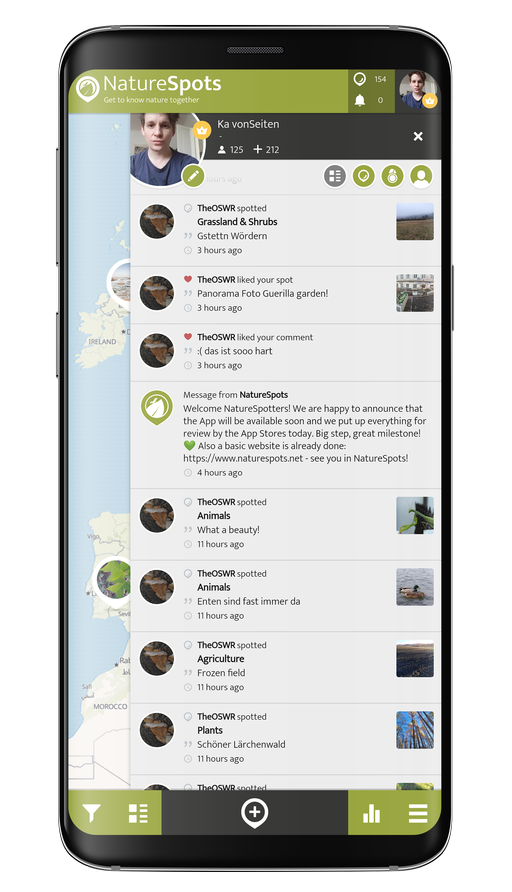

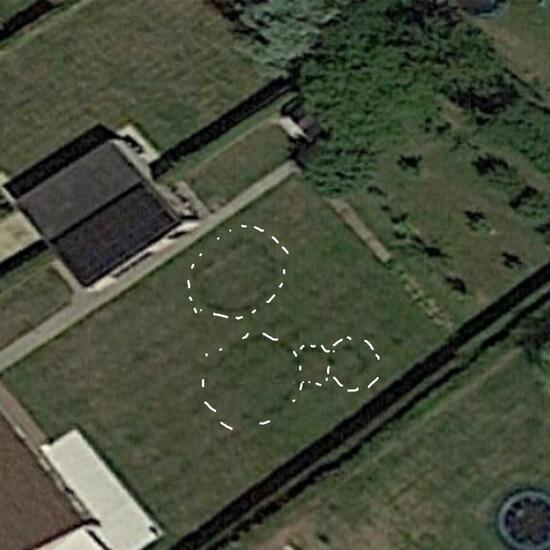 A discovery by Danny VG in habitat Garden on 28.06.2021. Marasmius oreades (Marasmius oreades) is a species of fungus.
A discovery by Danny VG in habitat Garden on 28.06.2021. Marasmius oreades (Marasmius oreades) is a species of fungus. 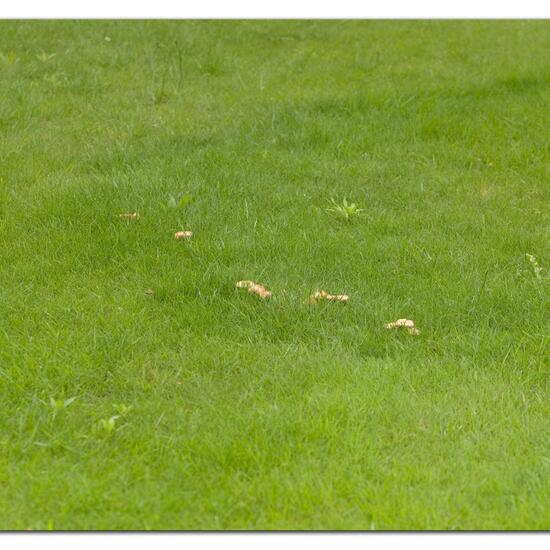 A discovery by Danny VG in habitat Garden on 28.06.2021. Marasmius oreades (Marasmius oreades) is a species of fungus.
A discovery by Danny VG in habitat Garden on 28.06.2021. Marasmius oreades (Marasmius oreades) is a species of fungus.  A discovery by Danny VG in habitat Garden on 28.06.2021. Marasmius oreades (Marasmius oreades) is a species of fungus.
A discovery by Danny VG in habitat Garden on 28.06.2021. Marasmius oreades (Marasmius oreades) is a species of fungus.  A discovery by Danny VG in habitat Garden on 28.06.2021. Marasmius oreades (Marasmius oreades) is a species of fungus.
A discovery by Danny VG in habitat Garden on 28.06.2021. Marasmius oreades (Marasmius oreades) is a species of fungus.  A discovery by Danny VG in habitat Garden on 28.06.2021. Marasmius oreades (Marasmius oreades) is a species of fungus.
A discovery by Danny VG in habitat Garden on 28.06.2021. Marasmius oreades (Marasmius oreades) is a species of fungus. 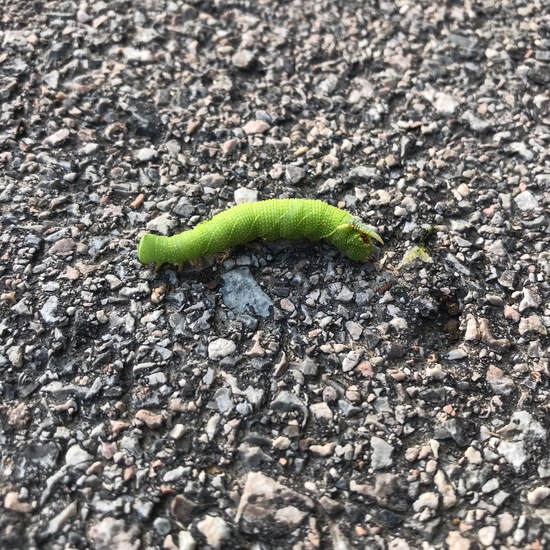 A discovery by Verein AKUPARA in habitat Road or Transportation on 28.06.2021. of another species.
A discovery by Verein AKUPARA in habitat Road or Transportation on 28.06.2021. of another species. 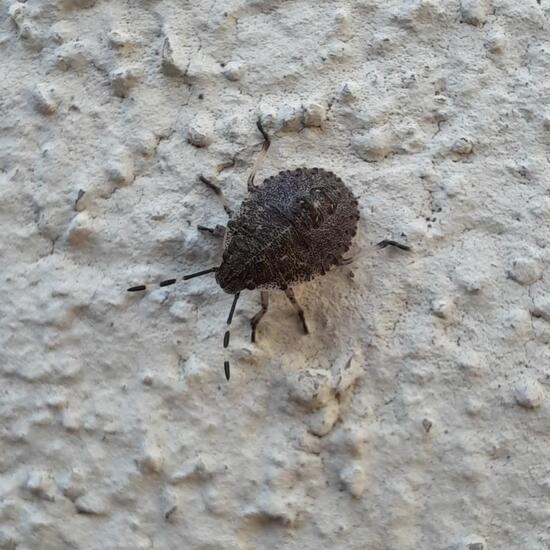 A discovery by Insectsvienna in habitat City and Urban on 28.06.2021. Rhaphigaster nebulosa (Rhaphigaster nebulosa) is a species of insect.
A discovery by Insectsvienna in habitat City and Urban on 28.06.2021. Rhaphigaster nebulosa (Rhaphigaster nebulosa) is a species of insect. 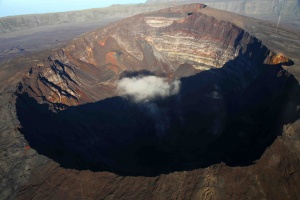

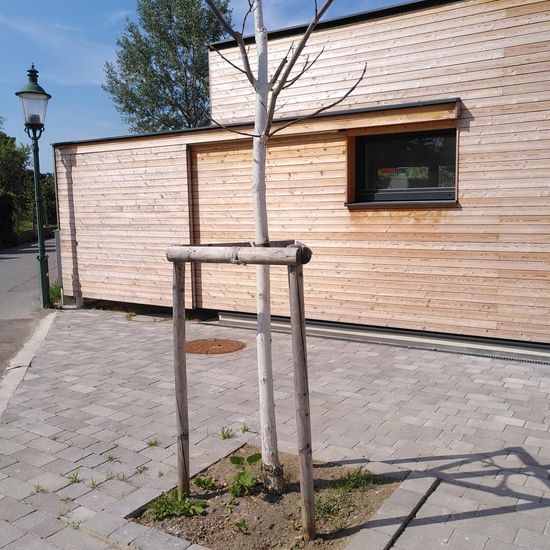 "Alles ausgerissen(Baum ist übrigens auch tot)....." says OSWR in habitat Road or Transportation on 28.06.2021. Cirsium vulgare (Cirsium vulgare) is a species of plant.
"Alles ausgerissen(Baum ist übrigens auch tot)....." says OSWR in habitat Road or Transportation on 28.06.2021. Cirsium vulgare (Cirsium vulgare) is a species of plant.